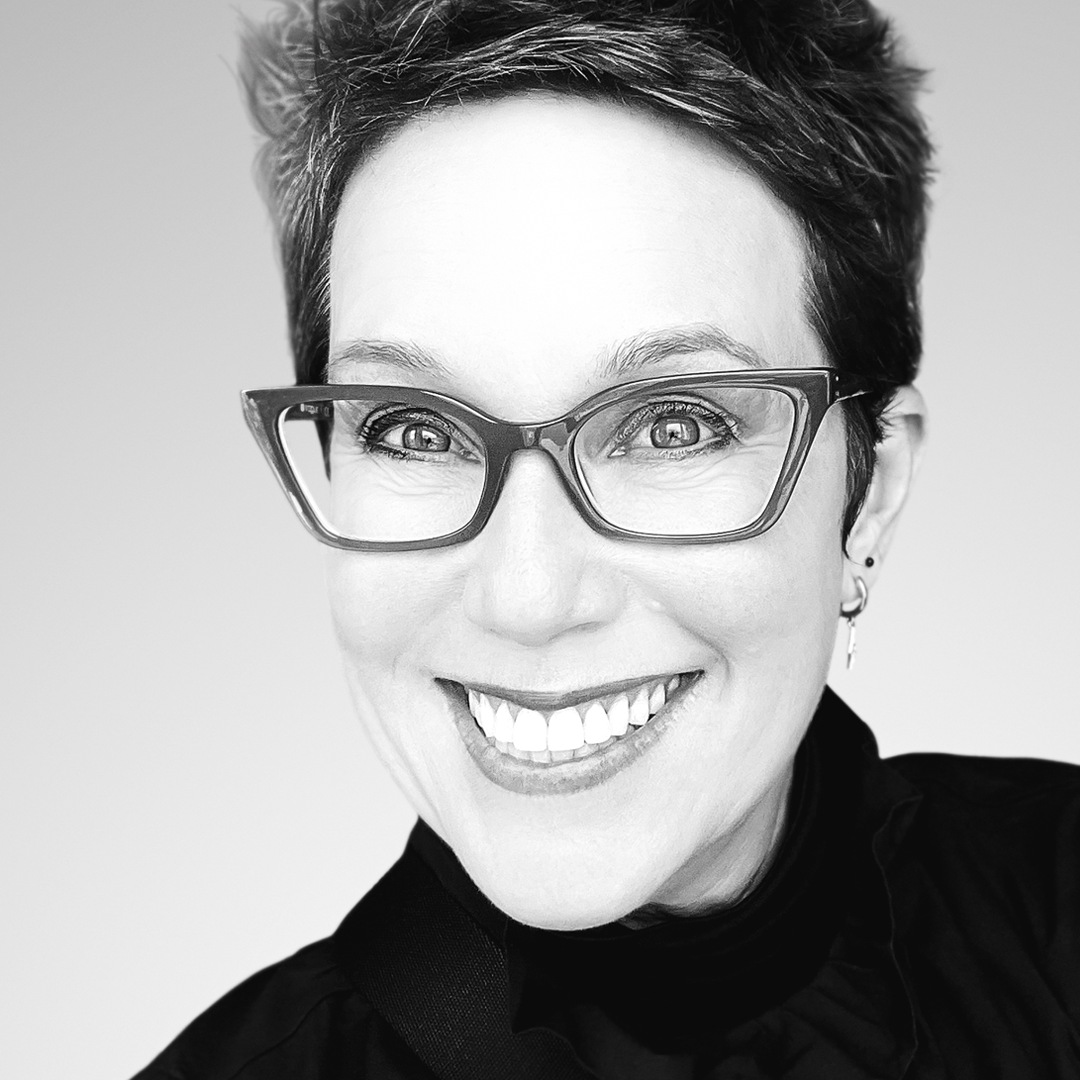Key Takeaways
- When hiring, you often don't need candidates to match 100% of your job description—a 70% match can be a great fit for the role in many situations.
- Managers should ensure that what is missing in a candidate is trainable and that resources and support are available for training.
- Finding a candidate who will give the team new perspectives is a successful outcome.
- Hiring managers should consider a trial basis first to assess whether the role is a fit for the candidate.
- Unconscious biases in job criteria may inadvertently exclude great candidates—consider reviewing carefully and removing biased language.
Listen: Making a perfect hire: Why a 70% match is 100% awesome.
Think back to the beginning of any successful relationship in your life. The very beginning. You met. You had an initial conversation that was remarkable (or unremarkable), then went through a period of discovery. Finally, you reached a place where you could rely on your predictions about one another's behavior, and trust was born. But none of this happened overnight. And without a doubt, there were surprises along the way.
So the fact that we think we can reasonably predict the future on-the-job behavior of a candidate after, at best, a few hours of interacting with them is shocking. We're people — both at work and at home — and we need time to build a relationship. But in today's extremely competitive job market, being indecisive and spending too much time in the interview process will prevent you from hiring the best people for your roles. In fact, there are about 1 million more jobs than candidates seeking work right now. So, what to do?
The same thing we do outside work: learn to take a calculated risk.
Making quick hiring decisions
In a recent InsideOut design leader roundtable, one smart VP shared that he was struggling to help his team move faster to make hiring decisions, which had led to lost candidates and missed deadlines. So he posed this question to the group:
“When is hiring a 70% match to your job description OK?”
The answer from the group: “It depends on what's missing.”
Let's be realistic. Not every gap in skills, experience, or communication style can be overcome in every organization. Without the resources, operational processes, and organizational structure to support the ramp-up for new hires who don't bring all the skills required for their role, it's unlikely they will succeed. And while the term “match” is losing popularity, every role is built to achieve specific goals within a team, department, and company. In other words, if your new hire ultimately can't do their part and deliver results, you will fail.
It's no wonder that hiring managers everywhere hope for a perfect hire. But waiting for that hard-to-find person leaves an understaffed team overworked, stressed, and burned out — which leads to more open roles… Smart leaders are looking for ways to have the best of both worlds: a fabulous new hire as quickly as possible.
Assessing trainable skills
Since turnover and hiring continue to be top priorities for leaders–and jobseekers are still in the command–our InsideOut leaders brainstormed some questions to ask during the hiring process to determine when hiring a 70% match would be 100% awesome for your role:
Is what's missing trainable?
- If so, is your company ready to train those skills?
- If so, are managers equipped to train/support those skills?
- Does the candidate bring a culture/value add to your team in the way of other skills?
- What is the cost of having no one in that role?
- Can you “try them out” first?
The first three questions are critical to the success of your hire, and often overlooked. You need a solid “Yes!” to all of them if you want to hire a 70% match. Because if you don't have the time and resources to train someone on the job, they will fail — and likely damage the morale of your current staff on the way out. So be sure your team is ready to invest in training someone before you make that offer, and better yet, have that training plan ready before they start.
The second three questions can tip the scales for anyone who remains skeptical that it's worth the time and effort to train a qualified, but not “perfect” candidate. Forwarding your diversity and inclusion efforts by hiring someone who brings new perspectives to your team would be a terrific outcome, and well worth the training time. On the flip side, not hiring quickly enough could risk missing your deadlines or worse, losing members of your team who are too burned out to continue filling in for that open role.
Consider a trial basis
And finally, never underestimate the power of hiring someone on a trial basis first. In that scenario, you both get to assess whether or not the role is a fit without the pain of onboarding and off-boarding a permanent staff member. I'm completely biased on this point. With 22 years and counting here at Aquent, the world's largest creative and marketing talent agency, I've seen too many freelance-to-hire situations work to not believe in it (plus, we offer robust healthcare and other benefits that help make the freelance part awesome). Shameless plug-over.
Bonus tip: If you want to know if a 70% match candidate is capable of adapting to become 100%, find out if they've done it already. Dig into their past three roles during the interview and ask how much they needed to learn to be able to succeed and how they went about learning it. When you uncover proactive effort, coachability and resourcefulness, you'll know they're likely to be an active participant in getting up to speed on your team, too.
And finally, a word of caution: Be diligent about your job criteria. Remember, what you're matching a candidate's experience to is a list of skills and experience that your team made up… Challenge yourself (or your hiring manager if you're in a recruiting or operations role) to fully vet the job description and ensure it reflects what you absolutely need your new hire to do to add the value that you expect. And equally important, check for unconscious biases in your language that may inadvertently exclude the perfect person for your role.
It's a tricky balance to hire the “right” person at the “right” time, especially when there are so many open roles (over 10 million as of the last Bureau of Labor Statistics report) and not enough perfectly qualified people to fill them. By digging in to what you actually need and looking at the pros and cons of hiring quickly, you can make better hires that add long-term value to your organization with confidence.
Why do I care? My mission is to connect leaders to find solutions. If you're a senior design, experience, or operations leader of an in-house team and want to connect to others who share your unique challenges, let's talk. Our InsideOut community hosts virtual roundtables to support the learning, growth, and sanity of our members, and I'm honored to facilitate those discussions. You can find more learnings from our group on our InsideOut blog. Let's keep learning together!
Latest.

How to fuel sustainability growth through collaboration.
Sustainability

Harnessing data for expert ESG and sustainability strategies.
Sustainability

Aquent’s unique solution to better sustainability for businesses.
Sustainability




